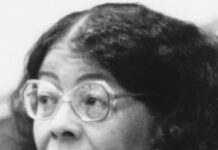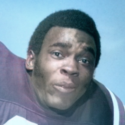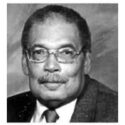The University of Kentucky has decided to cover up a mural in the atrium of Memorial Hall that shows slaves working in a tobacco field and Black musicians playing for White dancers. Another scene shows a racially segregated platform at a railway station.
The mural was painted over a period of eight months by artist Ann Rice O’Hanlon. It attempted to portray a history of the Commonwealth of Kentucky from colonial days until the time it was painted in 1934. The mural, which is 38 feet wide and 11 feet tall, will remain covered until the university decides how and where the artwork will be preserved.

In a message to the campus community, Eli Capilouto, president of the University of Kentucky, said that Black student leaders told him that they were frustrated that the university “is willing to sustain a work of art they find to be a painful and degrading personification of a false, romanticized rendering of our share history.”
After speaking with students, President Capilouto decided that “we will shroud the painting from view and provide an on-site explanation for why we have taken this action.” He added his explanation for why he was taking this step by saying that “ironically, a wall designed to welcome and educate is for so many the embodiment of a social and cultural wound that remains to this day. The first step must be to alleviate the pain by bandaging the wound. Then, we turn our attention to healing.”












Students all over the nation are hurting and they are demonstrating and demanding, and rightly so. I applaud the efforts of students at Princeton, Yale, etc. I would like to say to these particular students that they should consider something else. The painting was done in 1934, during WPA years when murals were the rage. Black artists painted murals that are restored and currently hanging in the art gallery of Harlem Hospital. These murals depict enslaved Africans working in a field. But, in addition to that mural there are also murals documenting black surgeons at work and other more uplifting industry. So, maybe the mural at this college could be coupled with a mural that shows the upward mobility and accomplishments of African-American people.